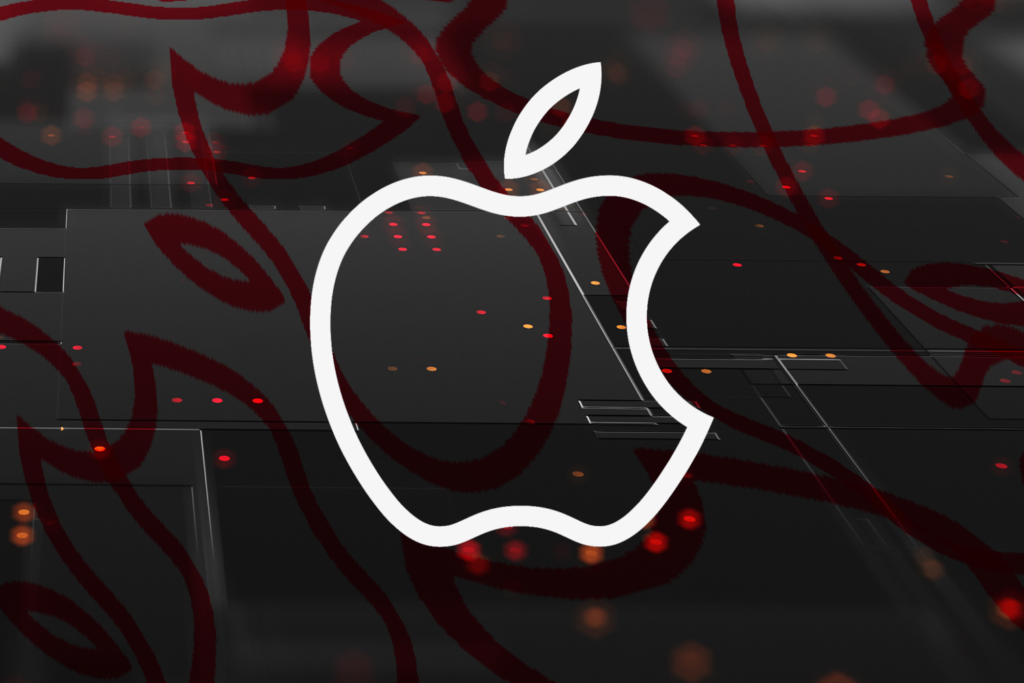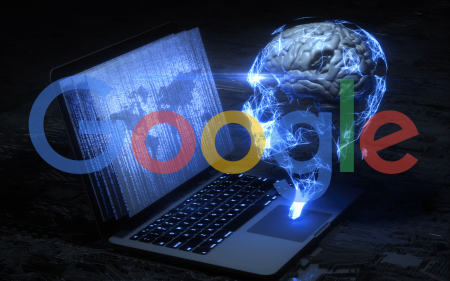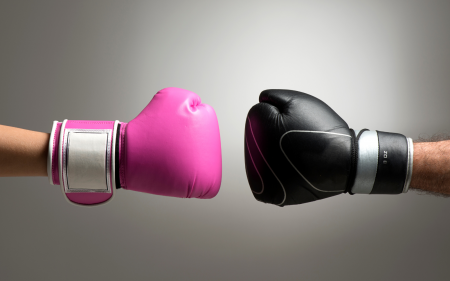On a frosty February morning in Barcelona, then GSMA chairman Rob Conway made the announcement, which immediately elicited a huge cheer from the audience, that the micro-USB standard had been agreed on as the new charger for all cellphones.
Just over 13 years ago, every phone manufacturer had their own adaptor – a nightmare scenario where a lost charger was an impending disaster and required a costly replacement.
When Conway made this very welcome announcement, all the cellphone makers agreed to use it. BlackBerry had differentiated itself not only with easy email on its rudimentary smartphones by using the standard, but larger, USB-mini format; as did Motorola. But every other phone maker had a unique power connector. It was a nightmare.
Out with the old Apple
But this was the age of the cellphone – the 2G phones that had a tiny alphanumeric keyboard for calling and texting. Apple announced its iPhone in 2007 – with its own 30-port adaptor already widely used in its iPods – but the smartphone revolution was still a few years away.
This idea of a universal charger was a true breakthrough in mobile communications, not least for the environmental impact.
“The mobile industry has a pivotal role to play in tackling environmental issues and this programme is an important step that could lead to huge savings in resources, not to mention convenience for consumers,” Conway said at the time, pointing out 1.2 billion cellphones were sold in 2008, of which about half were replacements.
For more than a decade, this micro-USB charger fulfilled a great service to humanity – don’t laugh, who remembers losing their old charger?
Making the charging cable a standard USB cable that you could both plug into a computer to charge your phone and transfer data was a significant technological advantage; but also a cost-saver for manufacturers who didn’t have to include another charger or cable.
Charging your phone at work, or a friend’s house, became infinitely easier.
A few years ago, another USB standard emerged called USB-C. It can transfer data and video signals at the same time it charges a device. It is now the default port on all computers and smartphones, excluding iPhones. It’s so useful – and now so universal – that even Apple has included it (for a couple of years) in its Pro line of iPads.
But Apple may be forced to include the USB-C port instead of its proprietary Lightning port (which is also used for its Bluetooth keyboards, mice, trackpads and Apple TV remotes).
In with the new
Last September, the European Union passed a proposal to standardise all chargers for consumer electronics to USB-C. If this method is adopted, it that may force Apple to ditch the Lightning connector in Europe. South Africa, which generally falls under the Europe, Middle East and Africa (EMEA) region, is likely to directly benefit.
“USB-C will become the standard port for all smartphones, tablets, cameras, headphones, portable speakers and handheld video game consoles,” said the European Commission, which is the EU’s executive arm.
Its ultimate aim is to “improve consumers’ convenience and reduce the environmental footprint”.
Part of the common sense logic of this is that Android phone makers, except for low-end cheap phones, use USB-C as the default charging port. It is now even used for headphones after the 3.5mm headphone jack was dropped a few years ago. All new computers and tablets, smart speakers, Bluetooth headsets and earbuds, power banks and chargers use USB-C.
Interestingly, the EU’s other recommendation – to “unbundle the sale of chargers from the sale of electronic devices” – has already happened as mobile manufacturers look to streamline both costs and the size of the box the smartphone ships in. The smaller the box, the more you can pack into a container from China or Taiwan.
Not surprisingly, Apple was lukewarm about the idea. “We share the European Commission’s commitment to protecting the environment. We remain concerned that strict regulation mandating just one type of connector stifles innovation rather than encouraging it, which in turn will harm consumers in Europe and around the world,” it said at the time.
How? How will it harm consumers if they don’t have to buy a more expensive Apple Lightning cable? Or at least three, one each for home, office and your car. Maybe another one for your power bank. How are all those Apple users going to be harmed when they have no Lightning cable and a flat battery but a friend has a USB-C charger from their Android phone?
Arguing that regulation hampers innovation is an age-old technique of companies that don’t want to charge, or fear the cost-implications of such change.
A new USB-C to Lightning cable costs R500 from the iStore, that’s a nice little boost of revenue, from the same company that made a €20 (R343) cloth. Apple, the great innovator, needs to move with the times.
This article first appeared in the Daily Maverick.




